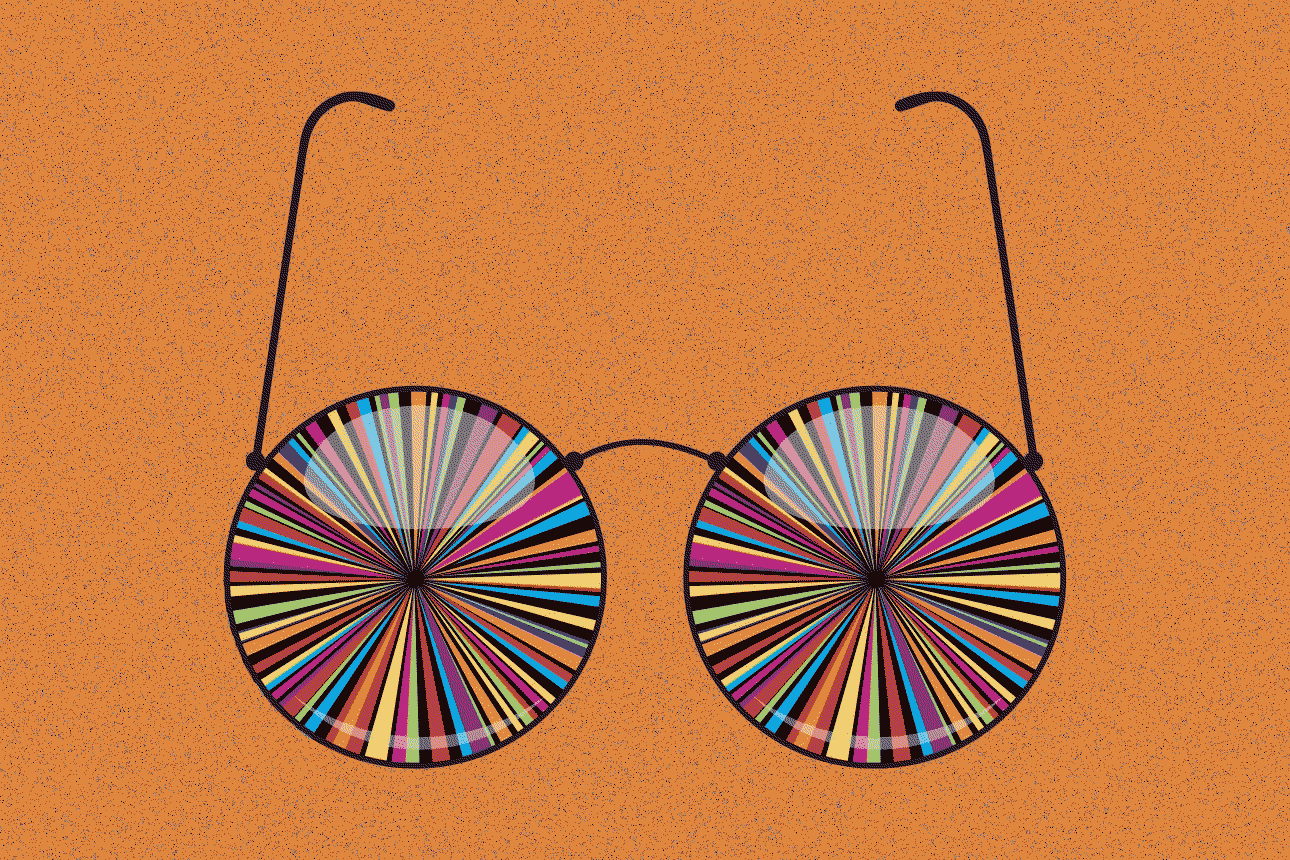Could Psychedelics Open New Doors for Science and Business?
Psychedelic medicines and therapies are becoming more mainstream and may offer innovative solutions in an era of declining mental health and well-being.

Psychedelics. Just mentioning the word triggers a wealth of opinions, stigmas, misconceptions, and judgments that are often based on loosely founded assumptions, Hollywood depictions, or stories of good or bad “trips” that linger in our social consciousness and mythology. Putting preconceptions aside, it’s fair to say we are entering what many are calling a psychedelic renaissance — a new science-driven wave of thinking about psychedelics’ use for psychiatry, mental health, and well-being.
So, what is this reemergence about?
The Psychedelic (Re)Emergence in Science and Business
First, a primer. Psychedelics have been used by ancient societies across the globe for thousands of years, though rigorous scientific research didn’t begin in this field until the 19th and 20th centuries. They are psychoactive substances that affect several cognitive processes in the brain, leading to altered states of consciousness and influencing perceptions, thoughts, and emotions.
Email Updates on the Future of Work
Monthly research-based updates on what the future of work means for your workplace, teams, and culture.
Please enter a valid email address
Thank you for signing up
By the 1950s and 1960s, there was an explosion of research into the use of psychedelics in mental health and illness. However, the counterculture movement, spikes in recreational use (and misuse), and political unrest led to such drugs’ stigmatization, which ultimately resulted in psychedelics being classified as Schedule 1 controlled substances in 1970. This made it nearly impossible to continue conducting clinical research.
The wider grouping of classic psychedelics includes various classes and varieties, including LSD (“acid”), psilocybin (“magic mushrooms”), DMT (most associated with plants such as ayahuasca), and other psychedelics such as mescaline (found in cacti such as peyote and San Pedro), ketamine, and MDMA (a component in what is known as ecstasy).
Each can have different mechanisms of effect within the brain, affecting the mind, perception, and behavior. The effects of psychedelics also very much vary by dose: At high doses, they can induce intense emotional experiences and even hallucinations — which can last for hours. At very low doses (referred to as microdoses), individuals self-administer amounts that do not impact their regular functioning.
We are entering a renewed science-driven conversation about psychedelics’ use for psychiatry, mental health, and well-being.
Over the past decade, clinical interest in the field of psychedelics has been reignited, and global research institutes are normalizing the conversation and engaging in multidisciplinary studies, with promising results.
